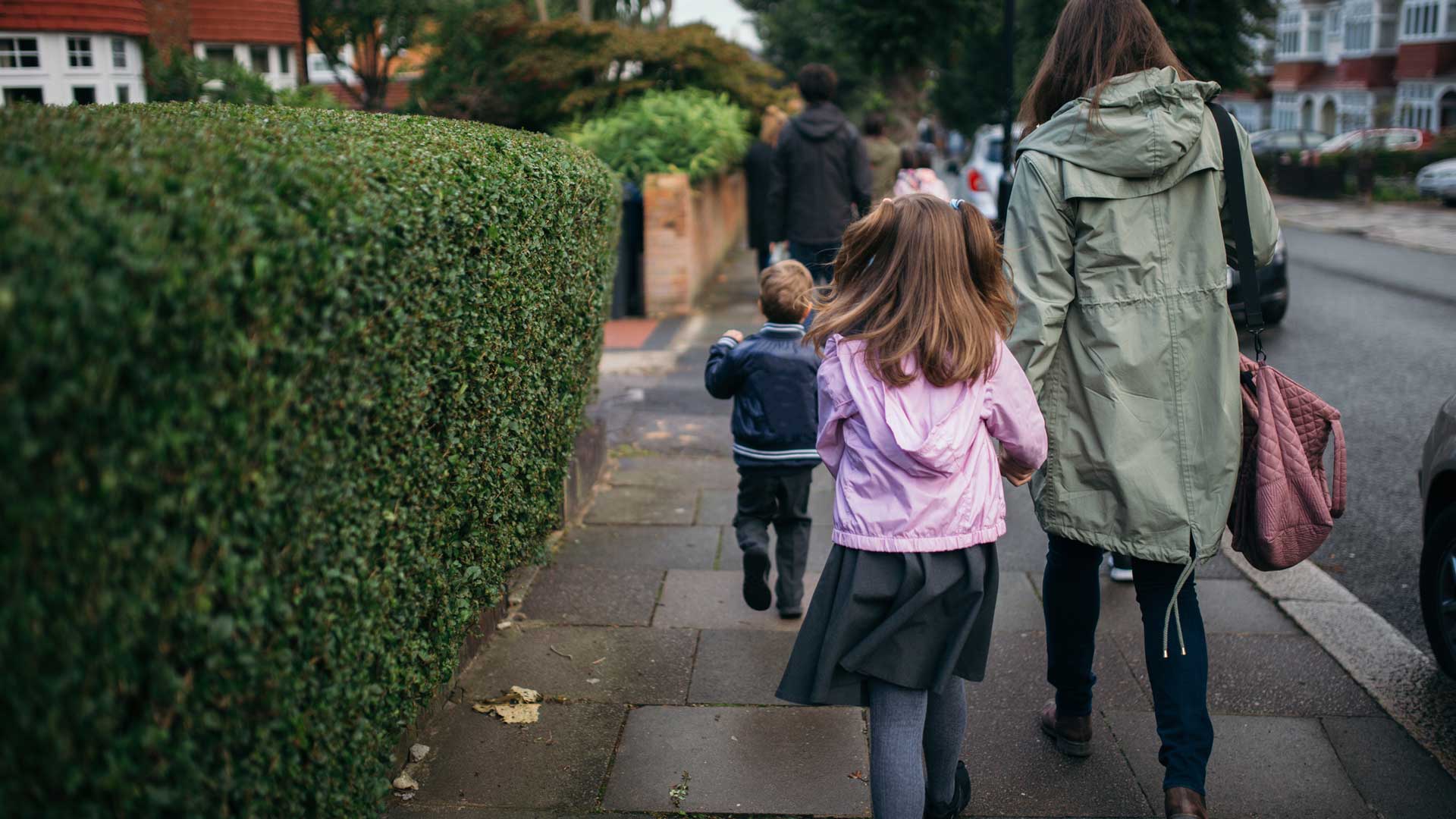February 4, 2022
If you’ve got a family (or are planning one), school catchment areas are an important factor in the house buying decision process. Having an outstanding primary school or secondary school nearby can have a massive impact on property prices, with parents willing to pay a significant premium, in some cases up to 10% more.
But exactly how do school catchment areas work? In this article, we break down how councils set barriers, how you can find your catchment area and how to include this in your property search.
How catchment areas work
Each school has a catchment area. If a child’s primary address (the place they spend most of their time) is in that area, then they stand a good chance of being accepted to that school. Simply put, a catchment area is the distance from the school where they will accept applications. Live inside the catchment area, and you can apply for a place. Live outside, and you can’t.
Catchment areas can be applied in four ways, and it depends on the school and the local authority:
- How far your property is away from a school in a straight line.
- Walking distance from the property to the school.
- If the school is the child’s nearest school.
- Some schools use priority areas (where places are first given to children from a specific neighbourhood).
School catchment areas regularly change, so it’s worth checking with a particular school what their catchment area is. Primary and secondary schools should tell you the postcodes included in their catchment areas.
However, nothing is guaranteed, and you’ll still need to apply as places at high-performing schools are in demand.
Many people choose to move closer to highly-rated schools in the belief that proximity will guarantee them a place. However, several other factors influence whether your child will get a place at a specific school, including:
- Having a brother or sister at the same school.
- Your religion (if a faith school).
- Whether your child has special needs or requires additional support.
In some cases, schools have ‘feeder’ schools nearby, which may give your child a better chance. In addition, some schools, such as grammar schools or public schools, may test academic ability before offering your child a place.
Some schools may hold a school admission lottery system, particularly in areas with high demand for places.
How can I find my school catchment area?
If you live next door to a local school, chances are you’ll be guaranteed a place. But, for the rest of us, you’ll need to do some detective work.
Here are some of the ways you can find your school catchment area:
- Check the local authority website – Your local council should provide a map of nearby schools. While they won’t offer catchment area maps, you should be able to identify those closest to you.
- Ask other parents – Chat with local parents about catchment areas and where they send their children to school.
- Contact local schools – Pick up the phone or email local schools and ask them to provide information on catchment areas.
- Use an online catchment area map – Catchment area mapping programmes aim to provide accurate information on catchment areas at a price. Is it worth it? It costs about the same as a drink at a pub, but the information should be simple to find if you want to.
In most cases, a few hours spent researching should provide you with the answers you need. For other great ideas on identifying your local catchment area, check out School Guide
How are school catchment areas determined?
School catchment areas can, and do, change regularly. As we’ve established, the catchment area is the geographic boundary around a school where they will accept applications. If there are too many children in an area, the boundaries will tighten.
What might cause boundaries to change? Houses near good schools can attract an influx of parents hoping to bag a place at an excellent state school, increasing the number of children applying for a spot.
Large scale new developments may have increased the number of young families in an area, meaning a school may need to tighten its catchment area.
School catchment areas can change each year, so you’ll need to keep checking.
How to include catchment area in your property search
Estate agents are acutely aware of the importance of school catchment areas in the property search. They will be able to offer information and insight. When searching for a new property,
You can also do some work yourself, following the guidance above on finding your school catchment area.
The principle is that children living within the catchment area get a place at a local school, but this may not always be the case. We’ve explained that there are several other factors involved in whether your child will be offered a place at school or not.
At Simon Blyth, we’ve helped hundreds of families find the perfect property in the areas they need. Contact us today for independent expert advice on finding them the perfect home.

